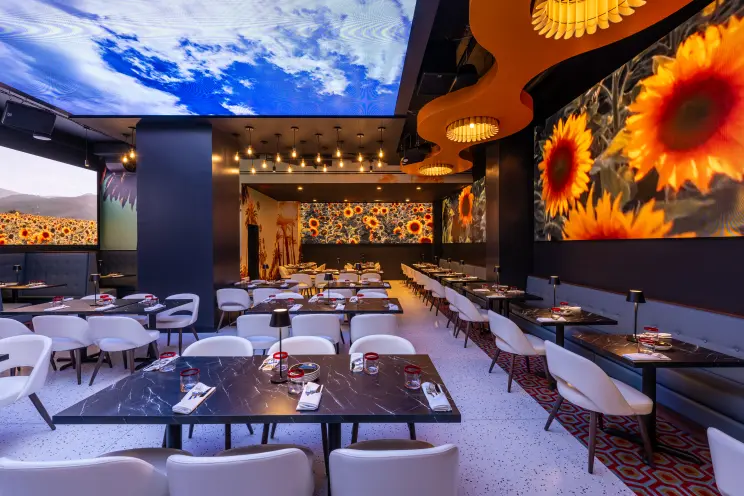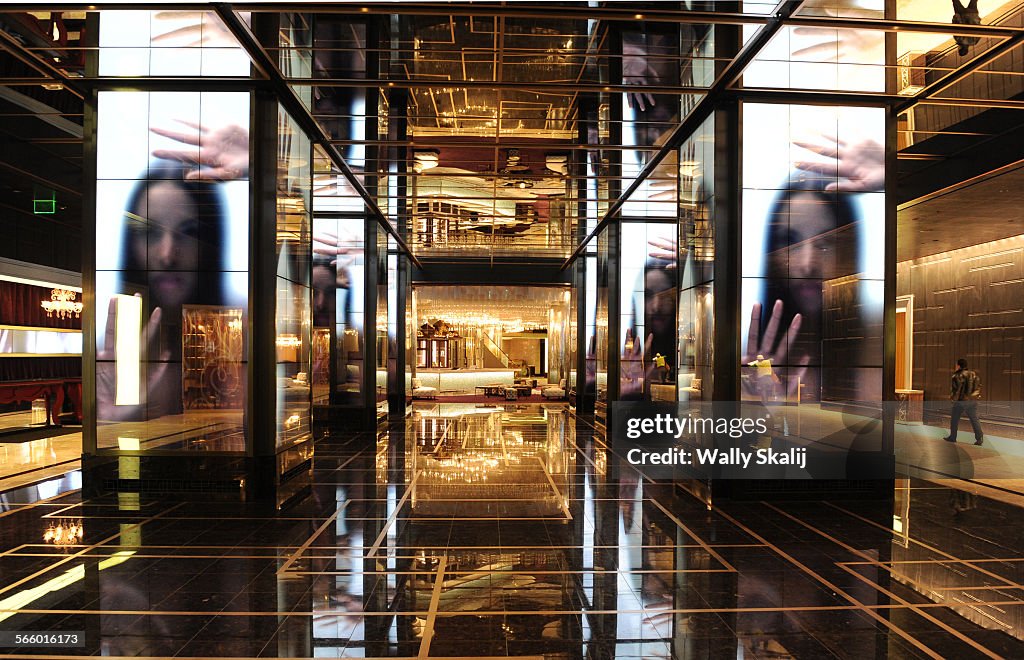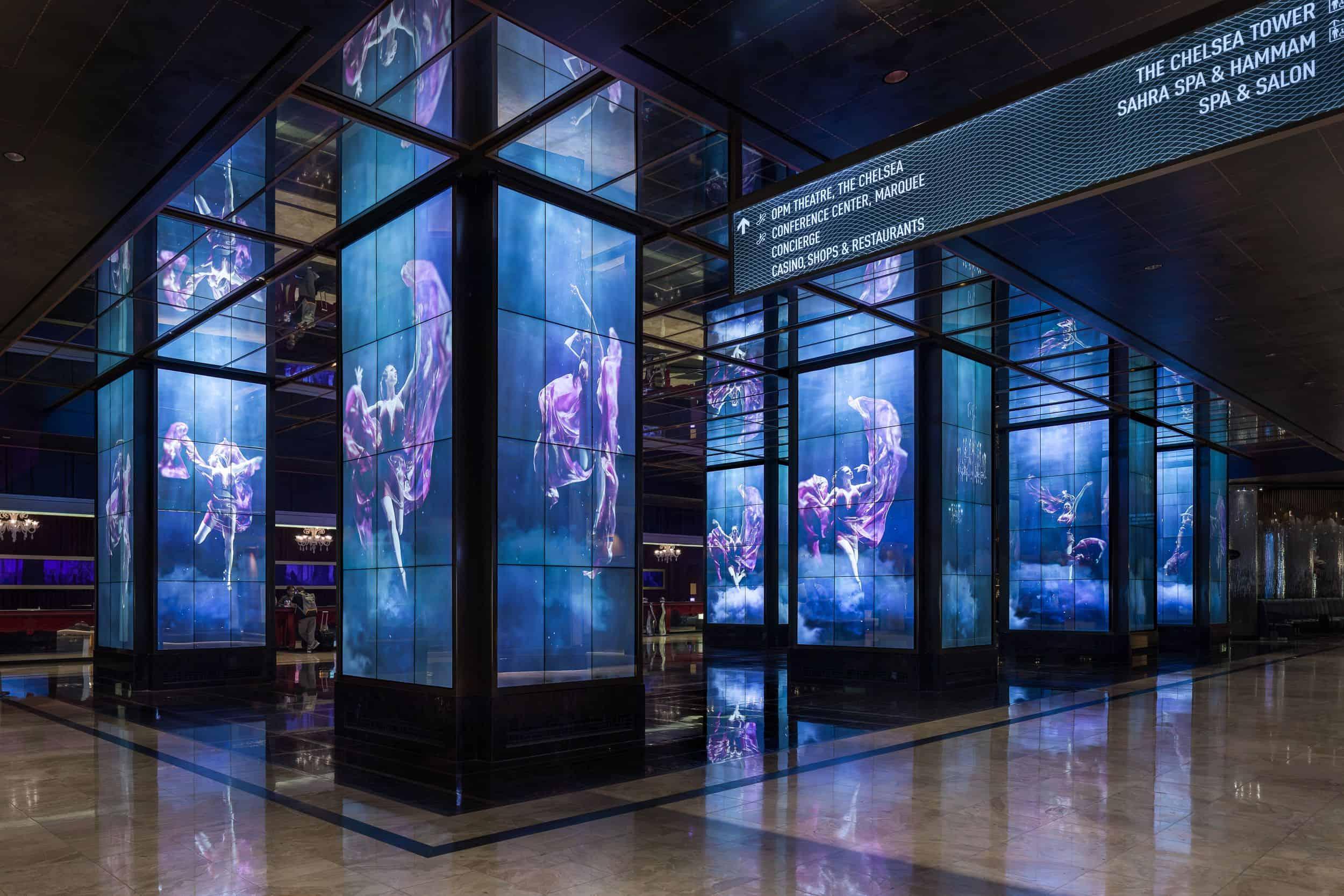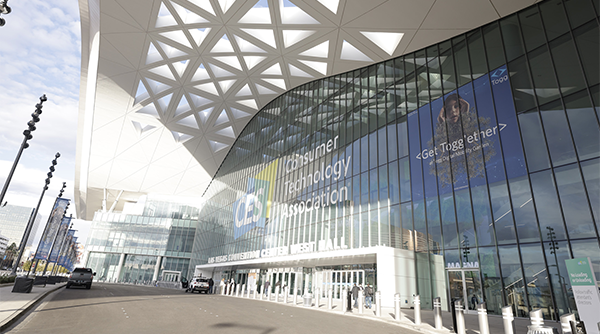

In today’s retail world, windows don’t just display products—they tell stories. A modern storefront isn’t complete without dynamic signage, and for brands looking to stand out in 2025, building a custom screen for a window is one of the smartest moves you can make. But with the rise of transparent LED display, designing and integrating one isn’t just about tech—it’s about space, content, and experience.
If you’re considering adding a screen behind glass, or a see-through display that won’t block your interior, this guide will walk you through how to build the perfect custom screen setup for your window—from planning to installation.

Before you think tech specs, start with intent. Ask:
Once you’ve defined your goals, measure your available space. Whether it’s a full glass wall or a smaller boutique window, size and visibility are everything. Transparent LED displays are especially ideal for high-traffic areas where you want content without blocking interior visibility.
🧠 Pro tip: Use masking tape to outline different screen sizes on the glass—this gives you a better sense of how it will look from the street and inside.

Now let’s talk tech. If you want a clean, modern look that blends into your space, a transparent LED display or glass LED screen is a top-tier option. These are designed for high brightness, offer excellent daylight visibility, and allow people to see through them when not in use.
You’ve got a few popular options:
Some retailers opt for a transparent video wall across an entire facade, while others prefer a digital screen behind glass that adds depth. If you’re hosting an activation or pop-up, you might consider renting—transparent screen rental in Los Angeles or other major cities makes this more accessible than ever.

Customization isn’t just about screen size. It’s about shape, brightness, pixel pitch (for clarity), and even interactivity. Want customers to tap or swipe? You’ll need an interactive transparent display with integrated touch capability.
At this stage, a good transparent digital signage supplier (like SeeThruDisplay, for example) can work with your team to match the screen to your glass architecture. Custom builds might include:
This is especially useful for boutiques, car showrooms, real estate offices, and museum exhibits where visual space is premium.

Designing content for transparent screen advertising is a little different than standard digital signage. Because people can see both the content and what’s behind it, animations and graphics should be minimalist and layered.
Consider these ideas:
Your screen should connect easily to media players or a cloud CMS for content updates. Whether you’re showcasing at a trade fair, hotel, or a flagship store, the real magic is in what you show—not just the screen itself.
Once the custom screen is ready, it’s time for installation. If it’s a transparent LED wall, it may require framing or anchoring within the window structure. For lighter formats like LED film, installation is quicker and more flexible.
Make sure your installer tests:
When installed well, a clear display technology solution like this becomes part of your architecture—not just another screen.

Building a custom screen for your window isn’t about adding flashy tech—it’s about enhancing the shopper experience in subtle, smart ways. Transparent screens let your content breathe while keeping your space open and inviting.
Companies like SeeThruDisplay have helped brands across retail, hospitality, and exhibitions create custom solutions that reflect their style, space, and story—without turning it into a heavy sales process.
If you’re planning a storefront refresh or brand activation, a transparent LED display could be the missing piece between ordinary and unforgettable.